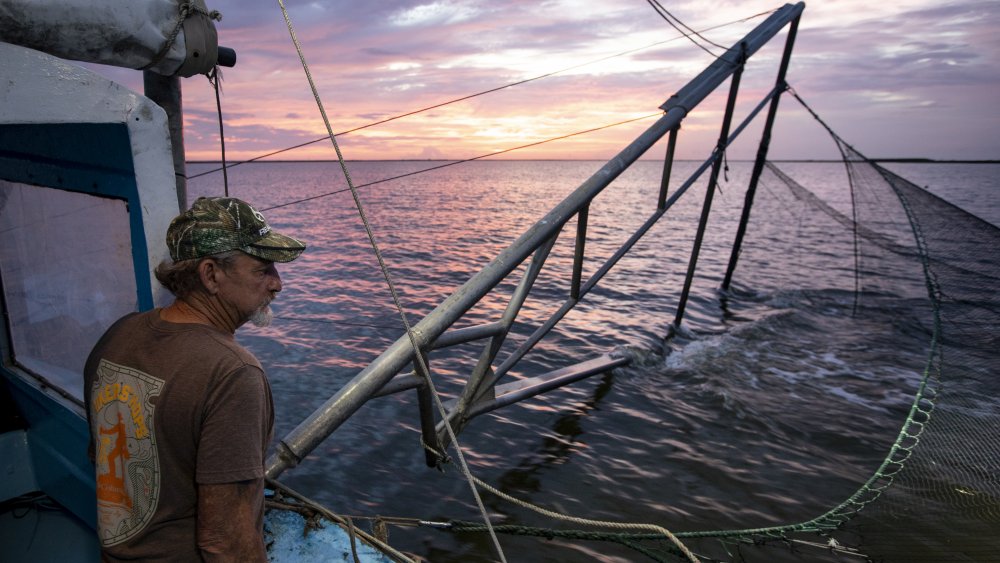Why The Pandemic Is Causing Seafood Prices To Fall
Even if Americans are cooking at home like they probably never had before, and even if they are consuming more seafood, increased domestic demand has not been enough to offset lost income earned from restaurants, where 70 percent of seafood across the country is consumed (via Wall Street Journal). To give you an idea of how cheap seafood is these days, South Coast Today says that the price of flounder, which used to be sold to New York restaurants, had come down "quite a bit" while the price of scallops is down by 40 percent in the case of larger shellfish, and 30 percent cheaper for the smaller scallops which we find in warehouse stores like Costco and BJ's today.
Halibut caught at Pacific fisheries used to cost more than $30 at high-end restaurants in Vancouver, but wholesale prices were down about a dollar in mid-April — and those prices are projected to go down further (via The Conversation). The scenario echoes the one experienced by the lobster industry during the early days of the pandemic when quarantines across China during the Lunar New Year period killed demand for shellfish.
Diminished demand hasn't stopped some fishing boats from going out
One Philadelphia-based company that supplies seafood to restaurants, hotels, and casinos saw its sales plunge 75 percent in March. The situation was so dire, its owner, Sam D'Angelo told the Wall Street Journal that workers stored what they could in freezers and disposed of what they couldn't save into landfills. The company lost about $100,000 worth of fresh lobster, clams, and mussels; and it's a scene that's been repeated several times over in America's farms (via CNBC). The seafood distributor has since laid off half of its 400 employees.
There have been silver linings. The pandemic has not kept fishermen based out of the historic fishing community of New Bedford, Mass. from going out to sea, even if they know that their catch isn't likely to earn them the same amount of money that it used to. They sell what they can to seafood auction houses, while others, including a group of enterprising fishermen, set up a social media site to sell fresh catch directly to consumers. The Facebook page has now over 11,000 members, and business is so good they now take pre-orders. But no matter how enterprising America's fishing communities might be, they need financial assistance and they had been hoping the industry would get more of a lifeline from the government. Trade groups say the $300 million earmarked for the country's fishing industry is not enough.
Why it may not be all bad news for the seafood industry
What might be bad news for the fishing industry could still turn out to be a blessing in the long run. Until COVID-19 came around, research conducted by the United Nations showed that about 31 percent of global fish stocks were considered "below sustainable biological levels" with much of the overfishing blamed on government subsidies that allow industrial fleets to fish. United Nations Trade and Development (UNCTAD) officer David Vivas Eugui believes the pandemic offers an opportunity to reset. "Now is the time for governments to rethink how they support fisheries sectors and shift from subsidies that enhance the capacity of industrial fleets in favor of more support for responsible small-scale fishers as well as measures that encourage sustainable stock management and improve fishing traceability," Vivas Eugui says.
Commercial fishing companies may argue against the logic, but if the seafood industry is to survive it may need to swap a short-term pain for long term gain because in the long run, they may not have a choice.


